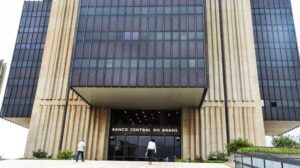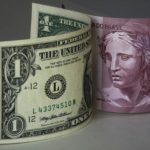Central Bank spent billions of dollars to try to hold the impact on the economy due to the consequences of the expansion of the coronavirus
Since the spread of the coronavirus infection in the world, the Central Bank has injected billions of dollars in new resources into the foreign exchange market. In order to try to contain the rise of the dollar, the Central Bank in March alone already deposited US$ 15.245 billion in new resources in the exchange market.
Advertising - OTZAds
Advertising - OTZAds
The dollar, which last week broke its record reaching R$ 5, has been maintaining itself in a period of growth around the world in view of investors' search for protection assets. The coronavirus pandemic and the uncertainties in the growth of the global economy is the expressive factor behind this moment.
Advertising - OTZAds

Dollar and oil in Brazil
In early March, the international price of a barrel of oil dropped significantly after oil-producing countries entered into disputes. In Brazil, due to a troubled scenario of politics in relation to the tax budget, it has been another fact to contribute with a more expensive dollar.
In 2020 alone, the dollar has already accumulated a rise of 20% against the real. In the first two weeks of March, the advance of the US currency was 7.54%. This increase was only not greater due to the daily action of the Central Bank in the market, making large interventions, of which many of them did not even have prior notice during moments of greater currency volatility.
This week, the Central Bank sold US$ 7.2 billion in cash to financial agents. This type of operation means a direct and deep injection of resources, since the contracts do not foresee the repurchase of these amounts by the monetary authority in the future. This means that the government is spending part of the international reserves to contain the dollar. Brazil's international reserves are around US$ 361 billion.
Last year the BC sold US$ 28 billion in cash throughout the second half of the year to face currency fluctuations. Just in the last few days, however, it sold a quarter of that amount.
swap
Another containment measure taken by the Central Bank to intersperse with sales of dollars in cash was negotiations with new exchange swap operations. This month US$ 6 billion were traded. This type of contract has trading with an effect equivalent to the sale of dollars in the futures market. It is precisely the dollar futures market that is the most liquid in the country and which usually drives quotations – including spot dollar ones.


